
Earl of Bridgewater was a title that has been created twice in the Peerage of England, once for the Daubeny family (1538) and once for the Egerton family (1617). From 1720 to 1803, the Earls of Bridgewater also held the title of Duke of Bridgewater. The 3rd Duke of Bridgewater is famously known as the "Canal Duke", for his creation of a series of canals in North West England.
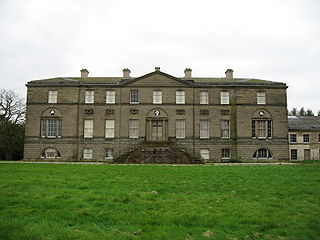
The Broughton, later Broughton-Delves, later Broughton Baronetcy, of Broughton in the County of Stafford, is a title in the Baronetage of England. It was created on 10 March 1661 for Sir Brian Broughton, of Broughton Hall, near Eccleshall, Staffordshire, High Sheriff of Staffordshire from 1660 to 1661 and the member of an ancient Staffordshire family.

There have been two baronetcies created for members of the Dashwood family, one in the Baronetage of England and one in the Baronetage of Great Britain. Both creations are extant as of 2008.

The Antrobus Baronetcy, of Antrobus in the County Palatine of Chester, is a title in the Baronetage of the United Kingdom.
The Egerton, laterGrey Egerton, later stillEgerton baronetcy, of Egerton and Oulton in the county of Chester, is a title in the Baronetage of England held by the senior patrilineal branch of the Egerton family.

George Venables-Vernon, 1st Baron Vernon, was a British politician.
Sir Robert Salusbury Cotton, 5th Baronet was an English politician who sat in the House of Commons from 1780 to 1796.
The Baronetcy of Goodricke of Ribston was created in the Baronetage of England by King Charles I on 14 August 1641 for his loyal supporter John Goodricke of Ribston, Yorkshire. He represented Yorkshire in the Cavalier Parliament from 1661 to his death.
Sir John Grey Egerton, 8th Baronet was a politician from the Egerton family in Cheshire, England. He was Member of Parliament (MP) for Chester from 1807 to 1818.

Sir John Eyles, 2nd Baronet of Gidea Hall in Essex, was a British financier and politician who sat in the House of Commons from 1713 to 1734. He was Lord Mayor of London in 1726. He served as a Director of the East India Company 1710-14 and again 1717-21 and was appointed a sub-governor of the South Sea Company in 1721.

The Eyles, later Eyles-Stiles Baronetcy, of London, was a title in the Baronetage of Great Britain. It was created on 1 December 1714 for the merchant and director of the Honourable East India Company, Francis Eyles. The second baronet was Lord Mayor of London from 1726 to 1727. He married Mary, daughter of Joseph Haskins Stiles of Moor Park, Rickmansworth, and their son, the third baronet, assumed the additional surname of Stiles. The title became extinct on the death of the fourth baronet in 1768.
Piers Egerton-Warburton was an English Conservative politician who sat in the House of Commons from 1876 to 1885.
Sir Roland Egerton, 1st Baronet DL was an English landowner and politician from the Egerton family who sat in the House of Commons in 1624.
John Eyles, of Great St. Helens, London and Southbroom, near Devizes, Wiltshire, was an English politician.
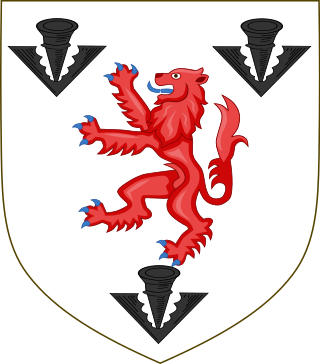
The Egerton family is a British aristocratic family. Over time, several members of the Egerton family were made Dukes, Earls, knights, baronets and peers. Hereditary titles held by the Egerton family include the dukedoms of Bridgewater (1720–1803) and Sutherland, as well as the earldoms of Bridgewater (1617–1829), Wilton (1801–1999) and Egerton (1897–1909). Several other members of the family have also risen to prominence. The Egerton family motto is Virtuti non armis fido.
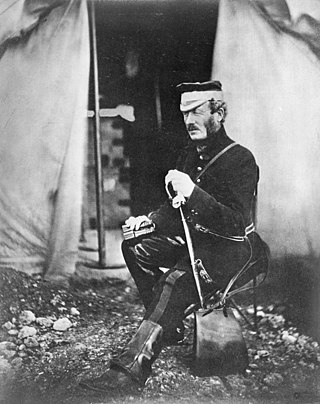
General Sir Richard Wilbraham was a British Army officer who became colonel of the Royal Fusiliers.
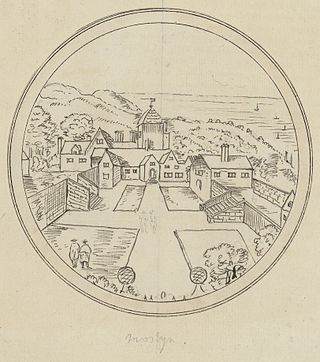
Sir Roger Mostyn, 5th Baronet was a Welsh landowner and politician who sat in the House of Commons for 38 years from 1758 to 1796.
Bridget Egerton or Bridget, Lady Egerton was an English religious writer.
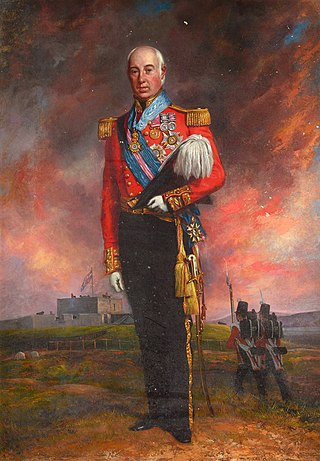
General Sir Charles Bulkeley Egerton was a British Army officer that served in the French Revolutionary Wars and Napoleonic Wars, He would command a brigade in the 5th Division during the Peninsular War.
The Reverend Sir Philip Grey-Egerton, 9th Baronet, was a 19th-century Anglican clergyman and landowner, who succeeded to his family baronetcy and served as Rector of Tarporley and Malpas, Cheshire.










